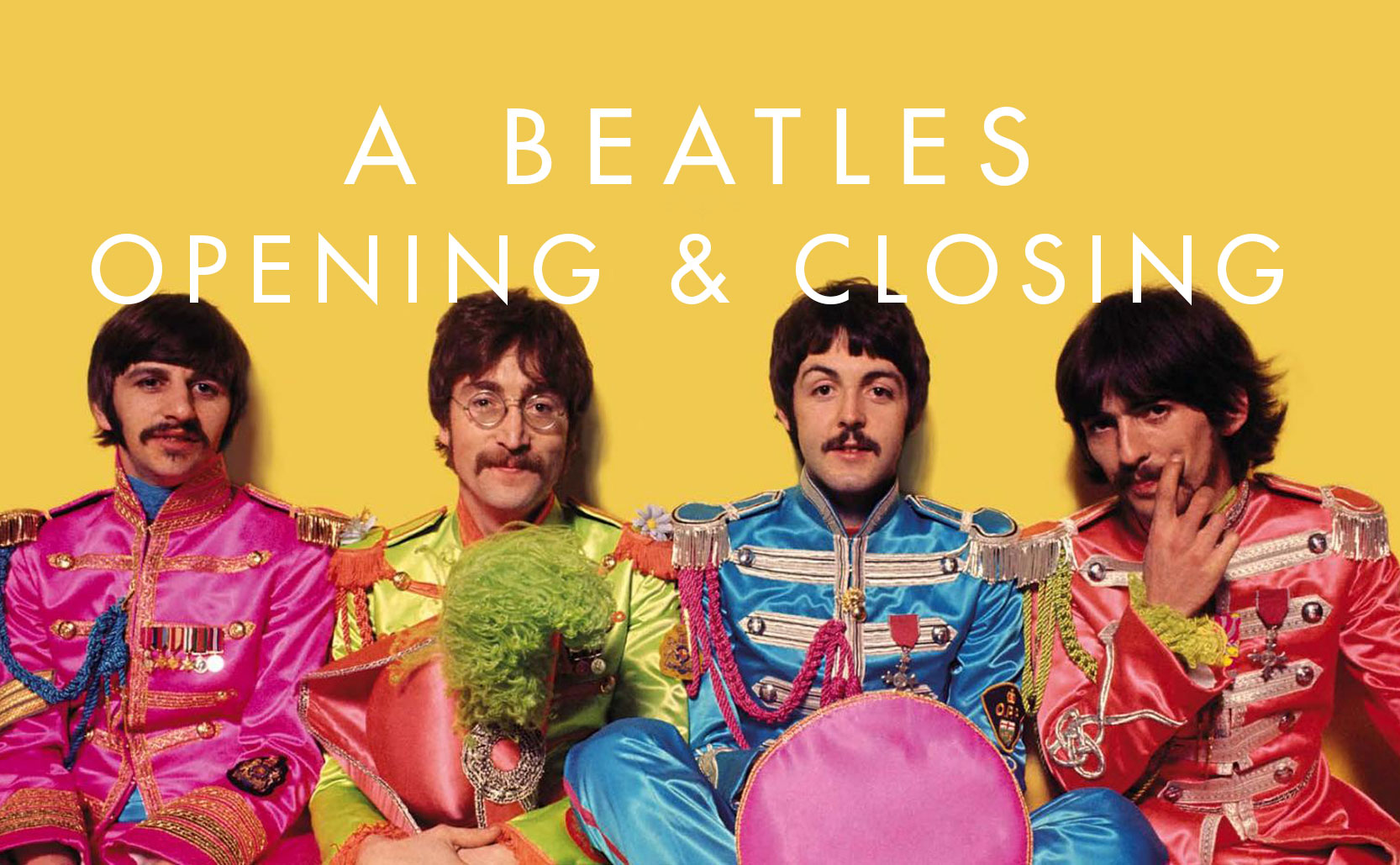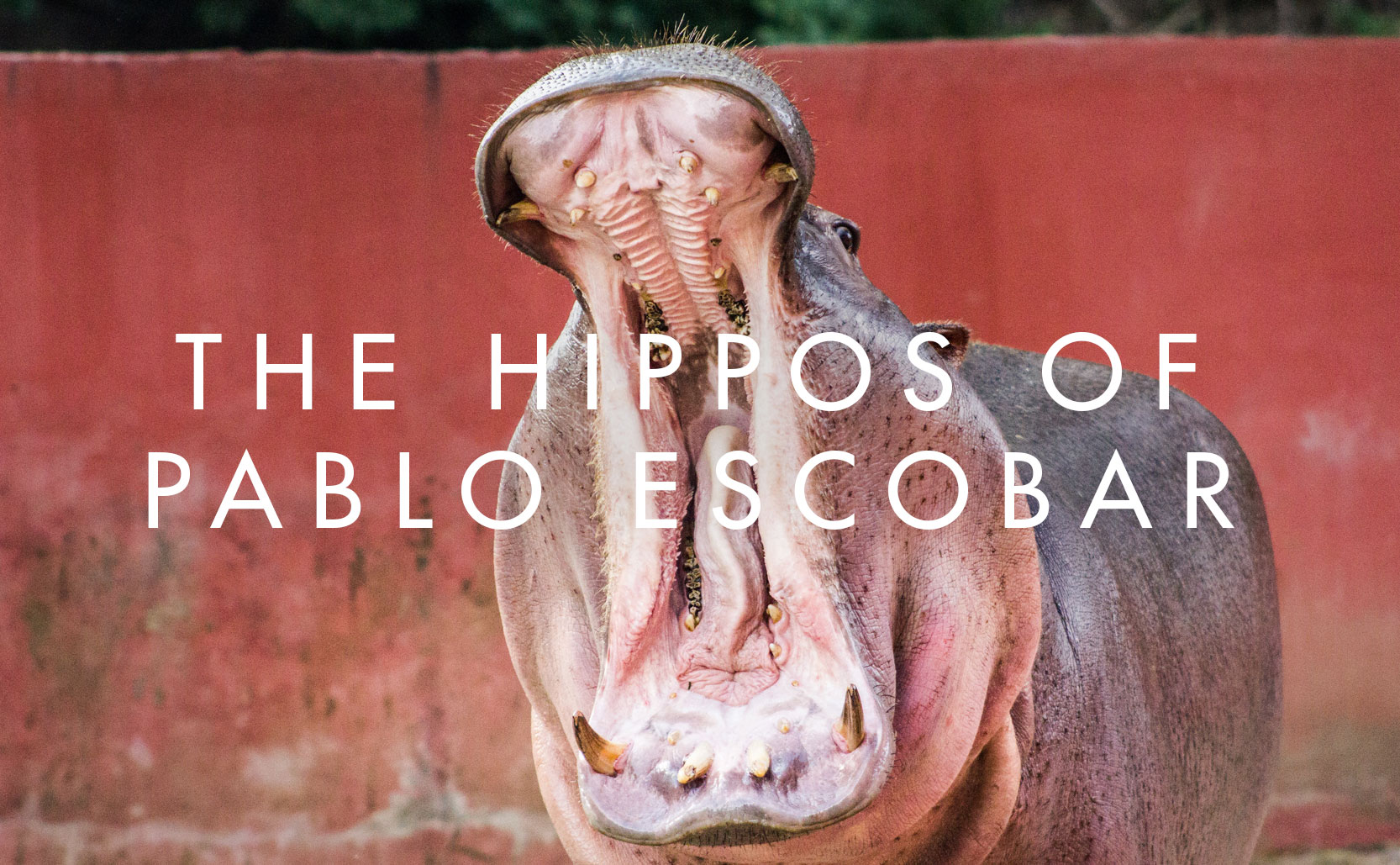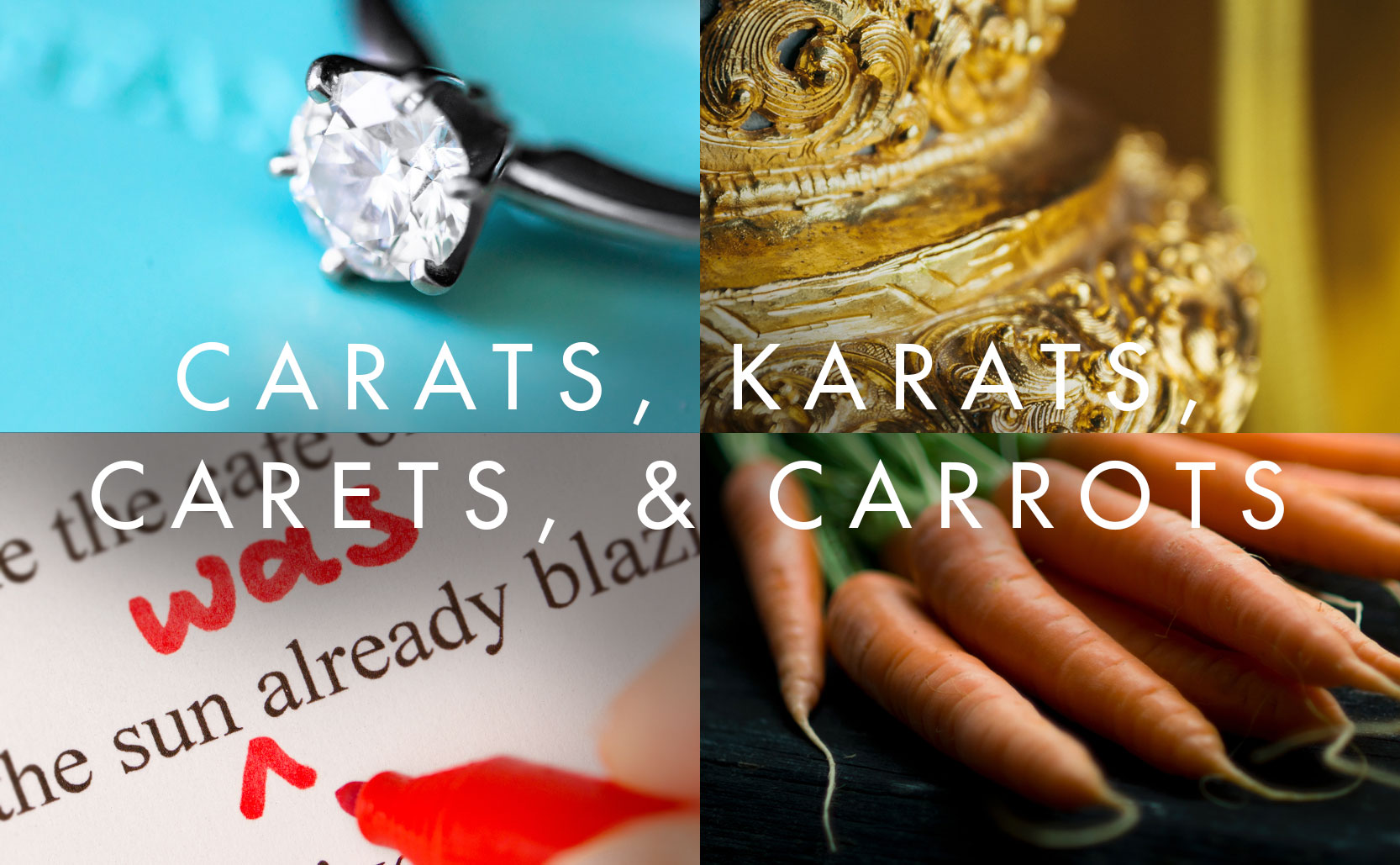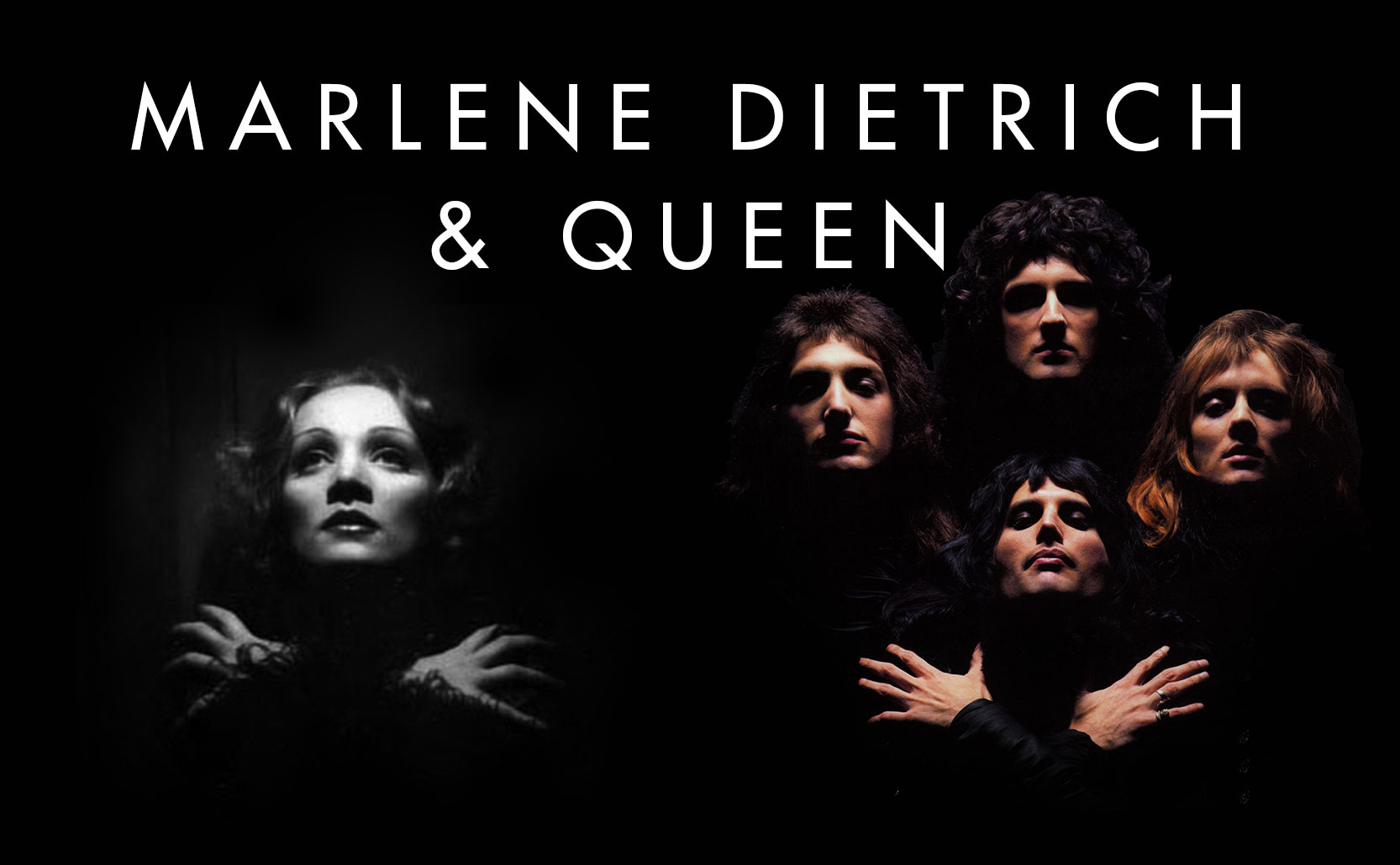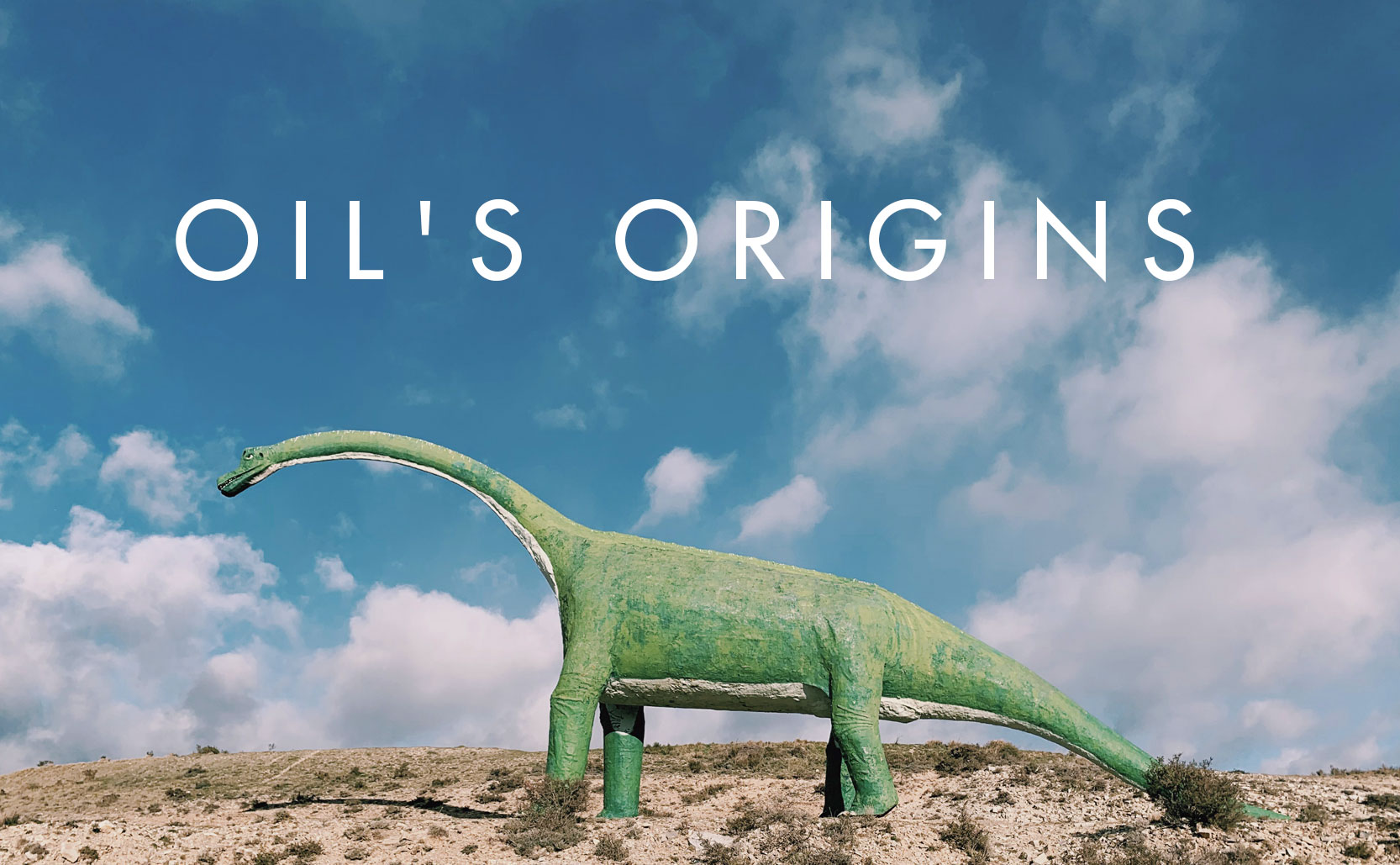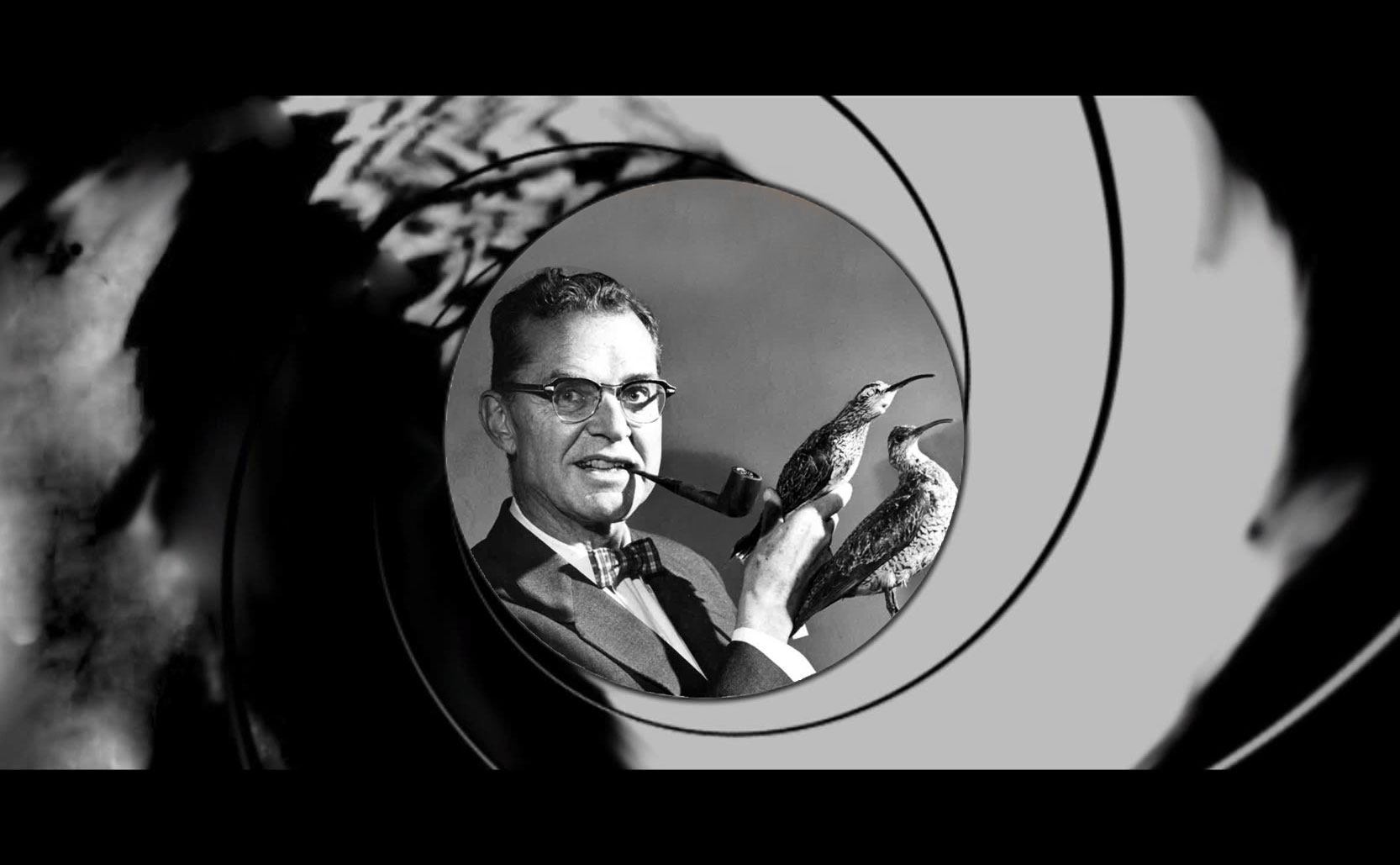A Beatles Opening & Closing
Two of the most famous chords in music.
An opening chord
It’s been called the most famous chord in rock ’n roll. It’s the jangly opening chord that starts the Beatles 1964 hit song A Hard Day’s Night which also starts the album & the movie of the same name. This one sound is actually multiple instruments playing different notes simultaneously. For years it has been the subject of debate trying to solve exactly what instruments and chords are being played.
One of the reasons it is so hard to solve this mystery lies in the concept of polyphonic music. In polyphonic music different instruments or voices are playing different melodies that together create a larger whole. European polyphonic music originated in the early Middle Ages but became much more complex by the 16th century and onward (as heard in the organ fugues of J.S. Bach). When you line up the rows of sounds being played, Renaissance era polyphonic music paid attention to the vertical sounds, the harmonies and chords, that could happen when the different rows of music would momentarily come together a key points. This brings us back to the opening chord of A Hard Day’s Night.
The opening chord is made up of five instruments sounding simultaneously. When you line up those five instruments, together they produce a sound that no single instrument is playing on its own. This is why it has been so hard to solve exactly what was being played – you have to separate out five different instruments that are sounding as one big chord.
A lot more has been written on this chord, but you can listen to Randy Bachman (of The Guess Who and Bachman-Turner Overdrive) recount his experience of getting to visit the Abbey Road Studio and listen to the opening chord one track at a time to break it down.
A Closing chord
From the most famous opening chord, to one of the most famous closing chords. The final chord in A Day In The Life ends both the song and the 1967 album Sgt. Pepper’s Lonely Hearts Club Band. Like the opening chord of A Hard Day’s Night, much has been written about the closing cord of A Day In The Life. The song was written by Lennon & McCartney as usual, but their contributions remained fairly separate in the song.
The opening portion of the song was by John Lennon which then transitions to the Paul McCartney portion following a chaotic swelling of the orchestra (which will be used again). The song transitions back to Lennon using a modified melody based on Hey Joe. Following the second Lennon portion the chaotic swelling orchestra is used again to build tension and dissonance. The orchestra swells higher and higher, with seemingly no end in sight.
Frank Lloyd Wright used a concept he called “compression & release” in his architecture. He would compress you into a small space and then, turn a corner, you are released into a spacious open room. His grand open rooms are that much more impressive after you have just been compressed in a small space. He would build tension and then release it in a big payoff. In a similar way, the Beatles architected the end of A Day In The Life.
The chaotic climbing swirling orchestra increasingly builds tension for the listener until suddenly a pause and then an explosion of a thunderous monophonic harmonious final chord. This final chord is actually produced by three pianos and a harmonium all playing an E-major chord simultaneously. It rings out for over 40 seconds by a slow increase in the volume in the studio.
The Alpha and the Omega
It’s said that upon hearing an early version of A Day In The Life, an already frayed Brian Wilson was left in shambles realizing the the song’s greatness. Jonathan Gould, author of Can’t Buy Me Love: The Beatles, Britain, and America, said the closing chord was “… a forty-second meditation on finality that leaves each member of the audience listening with a new kind of attention and awareness to the sound of nothing at all”
Bringing both chords together, British music critic Ian MacDonald said that the opening chord of A Hard Day’s Night and the closing chord of A Day In The Life were “… opening and closing the group’s middle period of peak creativity.”
An added bonus: Jeff Beck’s fantastic all-instrumental cover of A Day In The Life.


